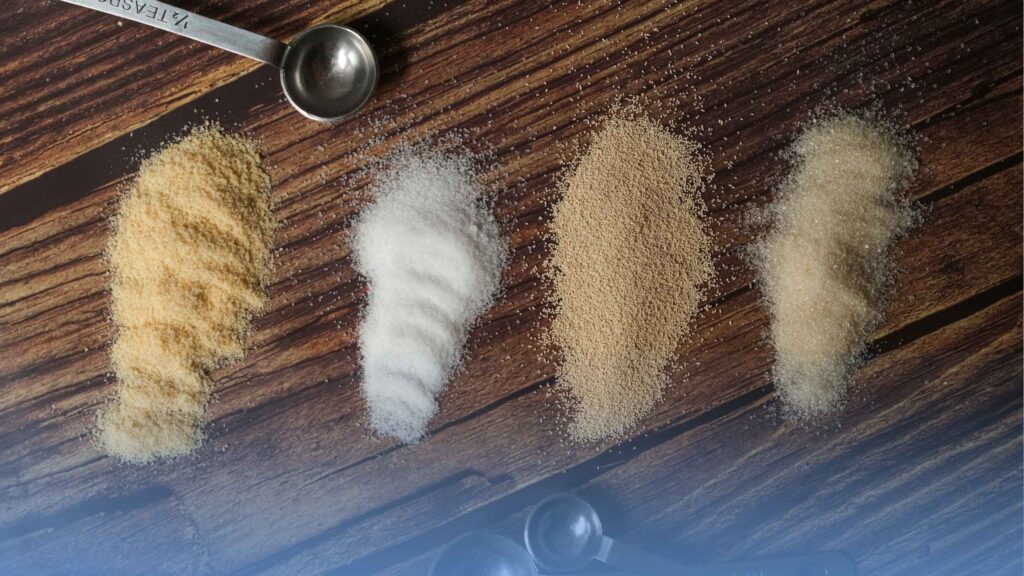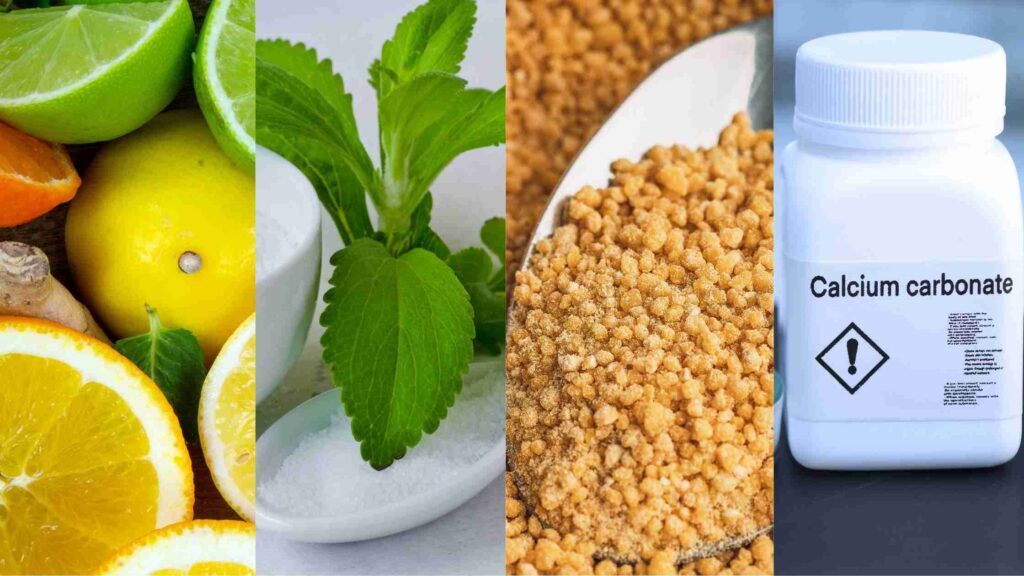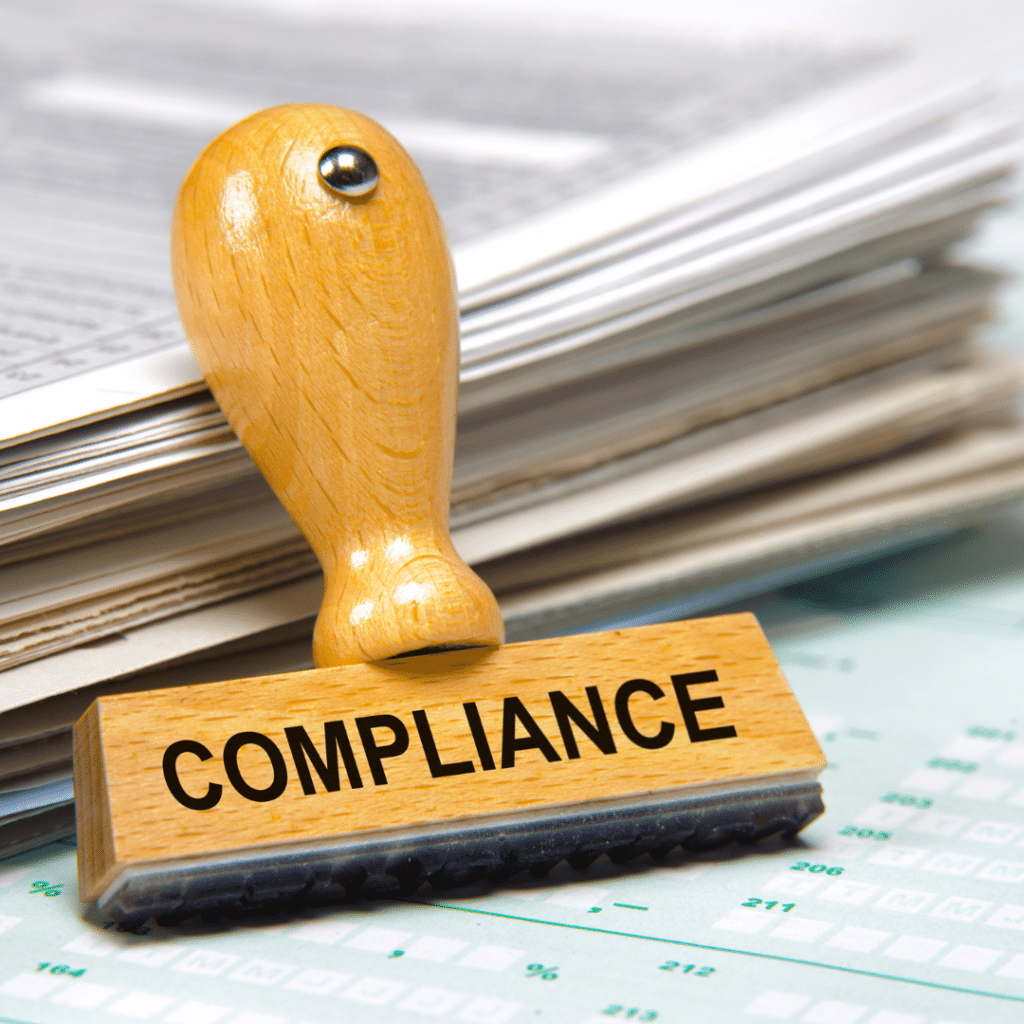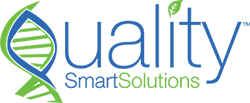Choosing Between GRAS Notice and Self-Affirmed GRAS

Learn the key differences between GRAS Notice and Self-Affirmed GRAS to ensure FDA compliance and food safety. Find the best approach for your product.
... Read moreUnderstanding GRAS Substances and Their Role in Food Compliance

Learn what GRAS substances are, how they’re used, and how to stay compliant. Read this guide to understand food, drug, and cosmetic regulations.
... Read moreEverything businesses should know about the Supplemented Foods Facts Table (SFFT)

Introducing the Supplemented Foods Facts Table (SFFT), your go-to guide for navigating the ever-changing world of supplemented foods. With consumer demand skyrocketing for these products, grasping the SFFT is vital for businesses looking to excel in this booming market. In this article, we’ll unravel everything you need to know about the SFFT, from its purpose
... Read moreHow Manufacturers Can Stay Compliant With Canadian Medical Device Rules

Discover how regulatory consultants help medical device manufacturers thrive in Canada’s complex compliance landscape: real-life insights.
... Read moreSelling Food in Canada: Navigating the Requirements for Conventional and Supplemented Products

https://youtu.be/QABD-2XIRz0 Canada is known for its diverse culinary landscape. If you’re considering selling food products in this country, you’re in for a rewarding venture. However, it’s essential to understand the specific requirements and regulations governing the sale of conventional and supplemented food items. This article will explore what it takes to sell food in Canada,
... Read moreA Guide to FDA 510(k) Clearance for Medical Devices

Navigating the intricate world of medical devices can be daunting, especially when it comes to ensuring their safety and effectiveness. In the United States, the FDA 510(k) clearance process is the critical checkpoint manufacturers must pass before introducing medical devices. This article will break down the regulatory complexities of FDA 510(k) clearance, including submission requirements,
... Read moreHow Drug Registration Works in the U.S. and What NDC Numbers Mean

Learn how drug registration works in the U.S. and why the National Drug Code (NDC) number matters for compliance, billing, and patient safety.
... Read more